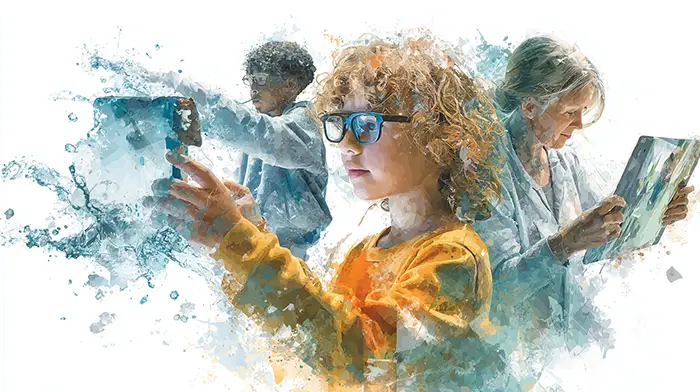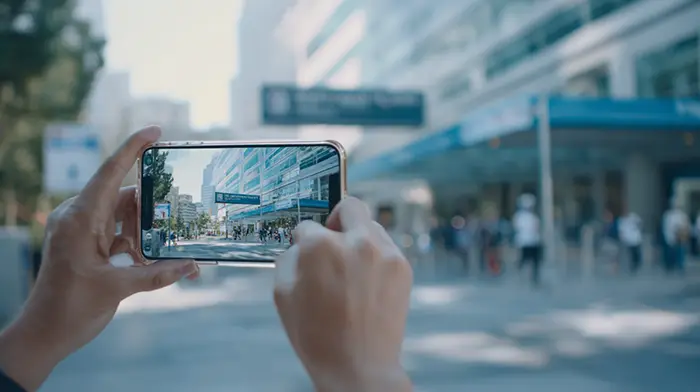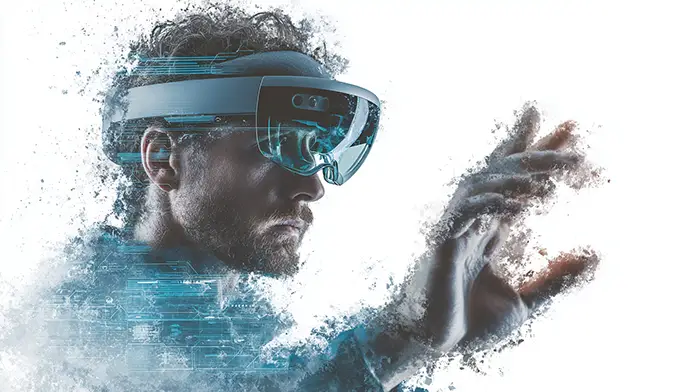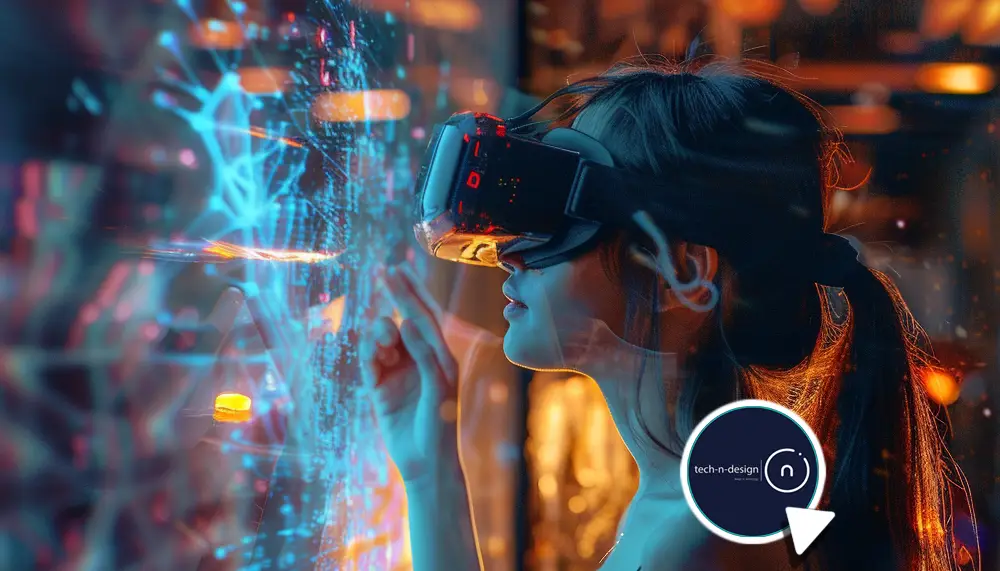What Augmented Reality Looks Like Outside Tech Hype
Most talk about Augmented Reality (AR) gets stuck in the future. Wearables. Smart cities. Digital twins.
But the most interesting uses of AR today? They’re the quiet ones. AR is slipping into everyday tools, not trying to replace reality, just help you deal with it.
How Is AR Used in Everyday Settings?

Museums and Cultural Sites
- Point your phone at a painting and get guided audio or historical context.
- Digitally restore broken or faded artwork.
- Let kids interact with stories or animated characters during a tour.
Public Libraries and Classrooms
- AR flashcards make animals and words come alive.
- History books connect to 3D reconstructions of landmarks.
- Storybooks animate as they’re read aloud, boosting engagement.
In some public classrooms, AR is helping students engage with content. For example, students can point their phones at flashcards to see 3D models in real time. That’s backed by UNESCO, which shows AR boosts interaction and learning in underserved schools
Medical Rehab and Therapy
- Medical Rehab and Therapy
Augmented reality enhances physical therapy by providing real-time visual guidance and feedback during movement exercises. Studies show AR-guided stretching leads to more accurate posture and repeating motions than paper-based instructions. - Children with Autism
AR tools significantly boost learning of facial expressions and social cues. A study using AR-based facial-animation overlays found improved recognition and response to emotions in children with autism. - Seniors with AR-based games: There’s strong evidence that “serious games”, including AR minigames, improve working and nonverbal memory in older adults, with moderate effect sizes (e.g., SMD = 0.31 for working memory, SMD = 0.46 for nonverbal memory). Another review noted AR-based tools have strong promise in cognitive-health screening and engagement.
What Makes These AR Experiences Work?

Solves a Simple Problem
- Not about flashy features. Just solves what’s hard to do.
- Example: Helping non-native speakers check in at hospitals.
Doesn’t Get in the Way
- AR works best when you barely notice it.
- No headsets. Just phones and tablets.
What Should You Watch for in Everyday AR Tools?
Clear Purpose
- Does it help you get something done? Or is it just showing off?
- Example: Real-time sign translation for travelers.
Works on Common Devices
- Look for tools that run on your phone.
- Skip gear that costs more than it helps.

Want to See What AR Tools Are Actually Worth Trying?
Most AR tools sound impressive on paper. But which ones actually help you do something useful, without a learning curve or expensive gear?
We put together a shortlist of AR tools that solve real problems. From AR flashcards used in classrooms to apps that guide patients through physical therapy, these platforms are built for everyday use
Conclusion
Most people still expect AR to change the world overnight.
But the best examples? They just help people do one thing better.
If you want to explore AR for yourself, start with tools made for regular life, not just the wow factor.
FAQs
What is augmented reality used for in daily life?
You’ll see AR in things like museum guides, interactive books, rehab apps, and translation tools. It helps with real-world tasks using digital cues.
Do I need special glasses to use AR?
Most useful AR apps work on phones or tablets — no extra gear required.
Is AR just for tech-savvy users?
Many AR apps are made for children, seniors, or general public use with simple interfaces.
How does AR help in healthcare?
AR guides patients through therapy exercises, teaches kids with autism, and keeps elderly users mentally active.
Can AR improve education?
AR brings lessons to life, from animated flashcards to interactive history experiences.







